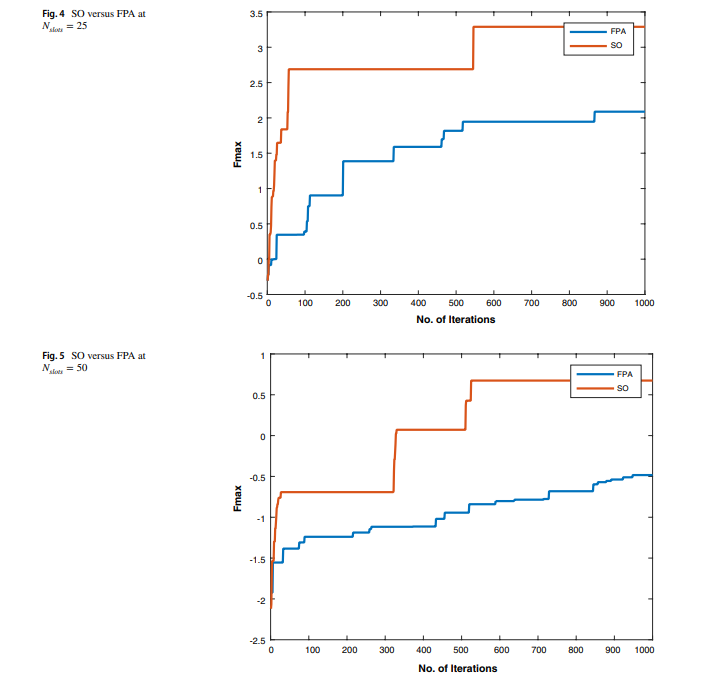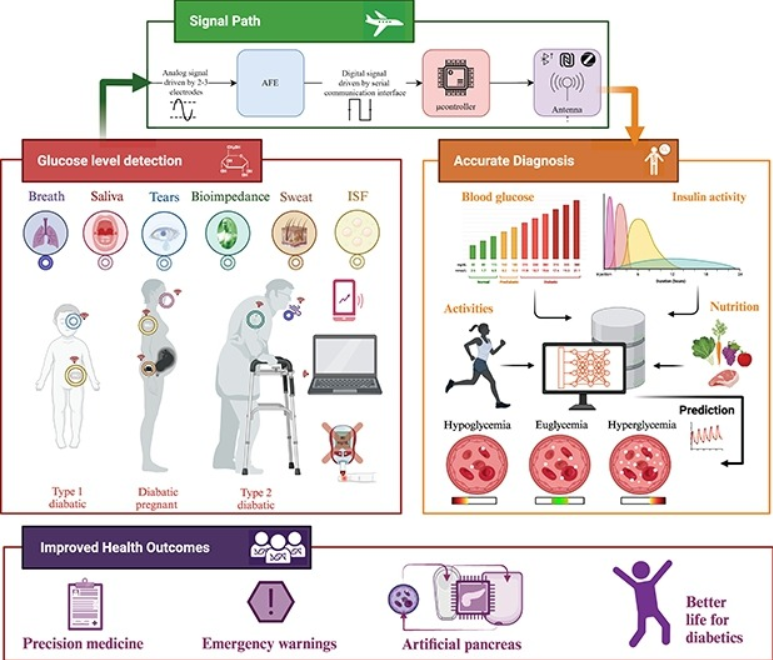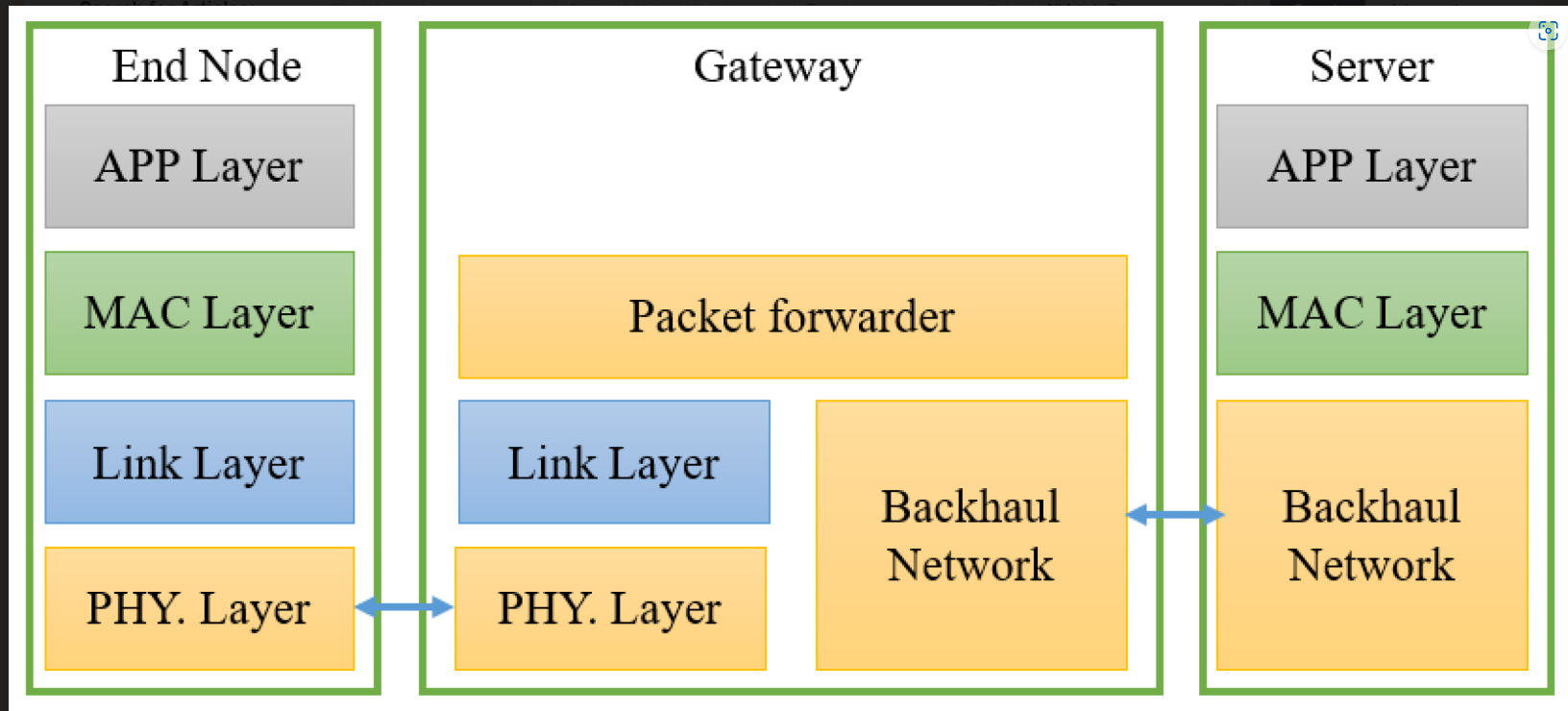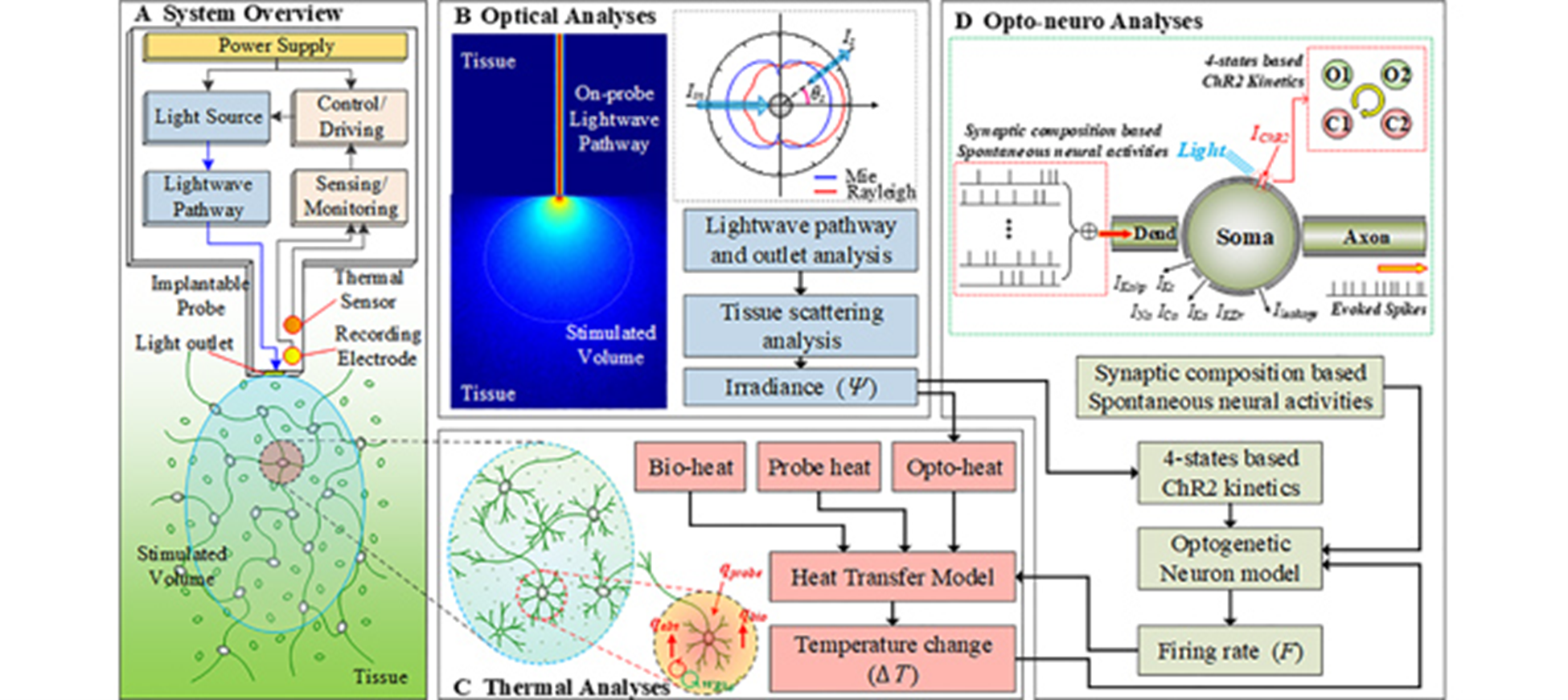
Energy and Water

A power-aware task scheduler for energy harvesting-based wearable biomedical systems using snake optimizer
There is an increasing interest in energy harvesting for wearable biomedical devices. This requires power conservation and management to ensure long-term and steady operation. Hence, task scheduling algorithms will be used throughout this work to provide a reliable solution to minimize energy consumption while considering the system operation constraints. This study proposes a novel power-aware task scheduler to manage system operations. For example, we used the scheduler to handle system operations, including heart rate and temperature sensors. Two optimization techniques have been used to

Wearable devices for glucose monitoring: A review of state-of-the-art technologies and emerging trends
Diabetes is a chronic condition that is characterized by high blood glucose levels and can cause damage to multiple organs over time. Continuous monitoring of glucose levels is essential for both diabetic and non-diabetic individuals. There have been major developments in glucose monitoring technology over the past decade, which have been driven by research and industry efforts. Despite these significant advancements, the area of glucose biosensors still faces significant challenges. This paper presents a comprehensive summary of the latest glucose monitoring technologies, including invasive

Internet of Things: A Comprehensive Overview on Protocols, Architectures, Technologies, Simulation Tools, and Future Directions
The Internet of Things (IoT) is a global network of interconnected computing, sensing, and networking devices that can exchange data and information via various network protocols. It can connect numerous smart devices thanks to recent advances in wired, wireless, and hybrid technologies. Lightweight IoT protocols can compensate for IoT devices with restricted hardware characteristics in terms of storage, Central Processing Unit (CPU), energy, etc. Hence, it is critical to identify the optimal communication protocol for system architects. This necessitates an evaluation of next-generation
Integrating Smart Contracts with WDNs Framework for Energy Management and Secure Transactions
The management of energy consumption and payment transactions using a secure, decentralized energy system framework is essential in the water distribution network (WDN). The water energy market, in which energy may be transformed into a digital asset that is potentially monitored, trackable and tradable, might greatly benefit from the deployment of blockchain technology. This is because the blockchain has transaction privacy, decentralization, security, and immutability features. Furthermore, using blockchain smart contracts enables energy market management operations such as consumers
Energy Optimization and Cost Reduction in Water Distribution Networks
Since the majority of energy consumed by water supply systems is used in transporting and distributing water, in addition to the energy required to pump the water from its sources, energy consumption is significantly associated with the water demand. Several studies have been carried out to optimize pump operations to achieve appropriate pressure and reduce the energy associated with controlling water levels in storage facilities. In this paper, we develop an optimization and decision support technique for a Water Distribution Network (WDN) that considers energy efficiency by limiting the

Optogenetic Multiphysical Fields Coupling Model for Implantable Neuroprosthetic Probes
Optogenetic-based neuroprosthetic therapies are increasingly being considered for human trials. However, the optoelectronic design of clinical-grade optogenetic-based neuroprosthetic probes still requires some thought. Design constraints include light penetration into the brain, stimulation efficacy, and probe/tissue heating. Optimisation can be achieved through experimental iteration. However, this is costly, time-consuming and ethically problematic. Hence it is highly desirable to have an alternative to excessive animal trials. Thus, a simulation tool for optimising probe design can be an
Wireless Optogenetics Visual Cortical Prosthesis Control System
This research paper presents the wireless data and power transfer system for optogenetics visual cortical prosthesis. The system uses the inductive coupling power transfer and 2.4GHz Bluetooth 4.0 data transfer. This system contains two hardware parts: the external headset consists of power and data transmitters, image capture, and image processing units; the subcutaneous implant PCB consists of power and data receiver and the control unit. We also present the relative image processing method for this system. The whole system could power and control the optogenetic neural stimulus of the

Integration of Federated Machine Learning in Smart Metering Systems
The applications of Federated Learning are many, and they can be used to predict electricity consumption and, at the same time, enable smart meters to collaboratively learn a shared model while keeping all their data locally in their own private database. With this approach, the central model will see more data and will work better to predict electricity consumption more accurately than the models trained on only one local Dataset. The planning of infrastructure, grid operation, and budgeting all depend on accurate load forecasting. As a result, this paper suggests federated learning for load
Realistic Wireless Smart-Meter Network Optimization Using Composite RPL Metric
In smart metering applications, transferring and collecting data within delay constraints is crucial. IoT devices are usually resource-constrained and need reliable and energy-efficient routing protocol. Furthermore, meters deployed in lossy networks often lead to packet loss and congestion. In smart grid communication, low latency and low energy consumption are usually the main system targets. Considering these constraints, we propose an enhancement in RPL to ensure link reliability as well as low latency. We refer to the proposed new additive composite metric as Delay-Aware RPL (DA-RPL)
Performance Analysis of M-ary DPSK with SIMO in Ground-to-HAP FSO System in the Presence of Beam Wander and Scintillation
Studying the performance of communication systems is essential to establish a reliable and stable link with an acceptable quality of service and minimum amount of resources. This paper evaluates the ground to HAP FSO link that uses the M-ary differential phase-shift keying (MDPSK) modulation technique in the presence of turbulence and beams wandering. The performance is analyzed by comparing the Average Symbol Error Rate (ASER) with an applicable threshold of 10-4. The results confirmed that, when limiting the transmitted power to 33 dBm, which is consistent with a practical perspective, the